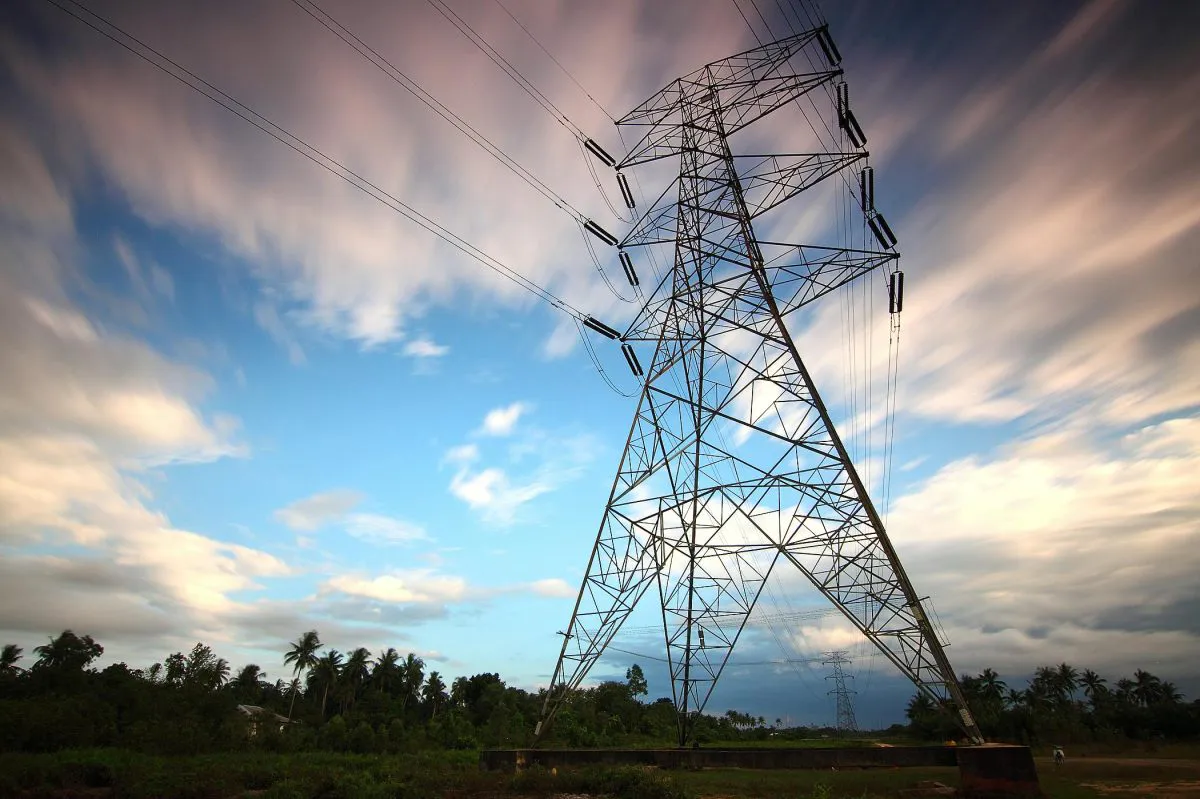The evolving United States-Canada tariff landscape: Energy trade summary

It can be difficult to track the changing narratives on tariffs between the United States and Canada. Existing measures are generating confusion for Canadian exporters, U.S. exporters and businesses that rely on integrated North American supply chains.
To assist with some of the confusion, we have developed the following timeline of Canadian and U.S. tariffs that highlight some of the key changes implemented for goods entering the Canadian or U.S. borders:
| Canada | United States | |
| March 4, 2025 |
|
|
| March 7, 2025 |
|
|
| March 12, 2025 |
|
|
| March 13, 2025 |
|
|
| April 3, 2025 |
|
|
| April 9, 2025 |
|
|
| May 3, 2025
|
|
To date, U.S. tariffs have largely circumvented Canada’s energy exports, including oil, gas, uranium and electricity. Similarly, Canada’s counter tariffs have generally avoided most energy equipment imports.
CUSMA Exemptions
On March 7, 2025, President Trump first implemented a carve out such that all CUSMA-compliant energy trade will not be effected by the tariffs.
CUSMA is a trade agreement between Canada, U.S. and Mexico that seeks to strengthen the longstanding economic relationship between the nations. This is given effect by enabling tariff free trade between the nations on a vast number of products, including (i) natural gas (liquefied and gaseous state), (i) uranium metals, (iii) petroleum oil and gases, and (iv) electrical energy. For a comprehensive list of products exempt from tariffs see the Tariff Schedule of the United States in CUSMA.
Energy trade that does not comply with CUSMA will be subject to the 10% tariffs, and all other non-CUSMA compliant trade will be charged a 25% tariff. Companies trading energy or resource products that fall under CUSMA need to ensure that they are maintaining sufficient records in order to evidence compliance under CUSMA.
Counter Tariffs
On March 4, March 13 and April 9, 2025, Canada announced counter tariffs on a large number of goods coming into Canada from the U.S. (the “Counter Tariffs”).
Products such as oil, gas, uranium, electricity and ancillary equipment for the energy sector, for example generators and mining equipment, remain exempt from the Counter Tariffs. Further, outside of silica sand, a crucial raw material for manufacturing photovoltaic (PV) modules and a consumable widely used in oil and gas extraction, raw material inputs used in building equipment for the energy sector, such as steel and nickel, are also exempt from the Counter Tariffs.
The comprehensive lists of products subject to the Counter Tariffs can be found in the table above based on the date of the applicable Counter Tariff.
The current Counter Tariffs only apply to goods that originate in the U.S. Goods are only considered to have originated in the U.S. if:
- they are wholly obtained or produced in the U.S.;
- they are produced exclusively from U.S. materials; or
- the input materials undergo an applicable change in tariff classification, qualifying them to having been originated in the U.S.
As such, goods that merely make their way into Canada via a route through the U.S. remain exempt from the Counter Tariffs.
The tariff landscape is changing rapidly. Tariffs between Canada and the U.S. remain extremely volatile. We will continue to monitor the tariff situation between the U.S. and Canada and provide updates but we cannot guarantee the accuracy of the above assessment after the date of publication.
The energy group at MLT Aikins can assist your organization in determining the effect of these tariffs on your organizations, and provide advice regarding contracts related to your supply chain.
Note: This article is of a general nature only and is not exhaustive of all possible legal rights or remedies. In addition, laws may change over time and should be interpreted only in the context of particular circumstances such that these materials are not intended to be relied upon or taken as legal advice or opinion. Readers should consult a legal professional for specific advice in any particular situation.






